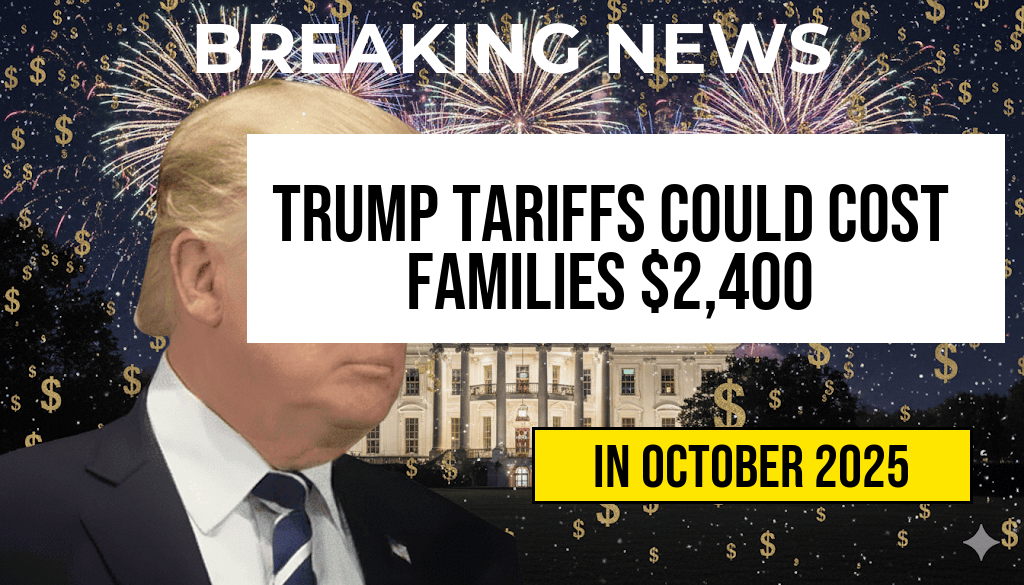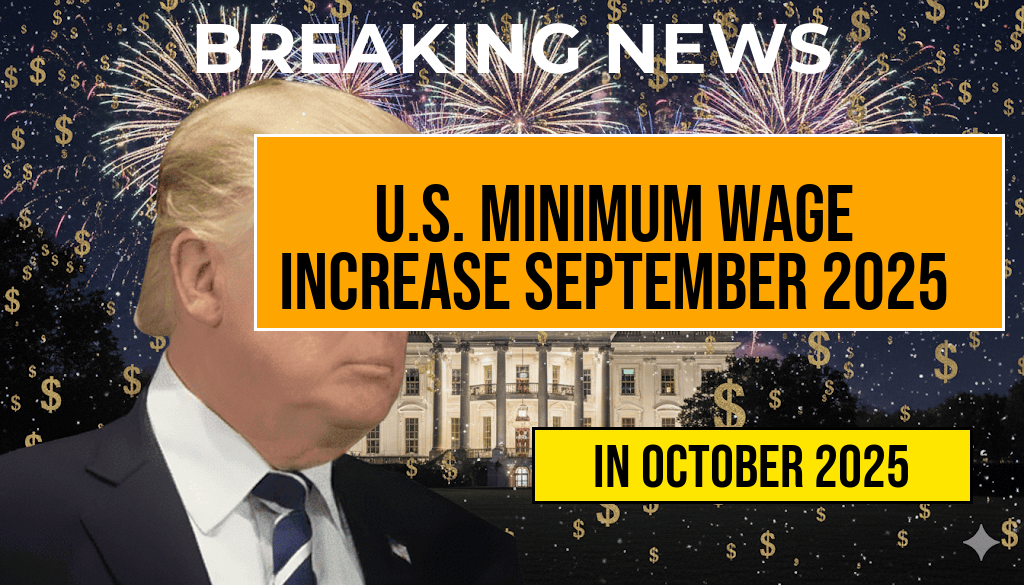The upcoming policy shifts expected to take effect in 2027 could significantly impact the American middle class, with projections suggesting an average income reduction of approximately $1,300 per year. These changes are tied to proposed reforms in tax regulations, social welfare programs, and labor market policies aimed at addressing budget deficits and funding priorities. However, after careful analysis by economists and policy analysts, concerns are mounting that these measures could undermine the economic stability of millions of middle-income households, potentially reversing years of progress in income growth. As policymakers debate the merits and risks of these reforms, middle-class Americans are watching closely, wary of how their financial well-being might be affected in the coming years.
Understanding the Policy Changes and Their Scope
Tax Reforms and Revenue Adjustments
- Proposed increases in payroll taxes targeting middle-income earners.
- Elimination or reduction of certain deductions and credits that benefit middle-class households.
- Implementation of new tax brackets aimed at higher-income groups, but with spillover effects on middle-income taxpayers.
Changes to Social Welfare Programs
- Potential tightening of eligibility criteria for social safety nets such as Medicaid and SNAP.
- Reductions in funding for housing assistance programs.
- Revisions to unemployment benefits that could lead to shorter benefit periods.
Labor Market and Employment Policies
- Shift towards more flexible, gig-oriented employment structures that may weaken job security.
- Potential rollback of certain labor protections, impacting wages and benefits.
- Incentives for automation and offshoring that could suppress middle-class job growth.
Projected Economic Impact and Analysis
| Income Group | Projected Annual Income Change | Percentage Decline |
|---|---|---|
| Middle Class | $1,300 | 1.2% |
| Upper Middle Class | $2,000 | 1.5% |
| Lower Middle Class | $900 | 1.0% |
Economists examining the data warn that even a modest decline of $1,300 annually could have ripple effects across household budgets, affecting everything from savings and investments to homeownership prospects. The Congressional Budget Office (CBO) has indicated that these reforms could lead to a slight contraction in disposable incomes for middle-income households, potentially dampening consumer spending and economic growth in the short term. Conversely, proponents argue that the reforms are necessary for long-term fiscal health and debt reduction, citing similar measures taken in other advanced economies with mixed results.
Public Response and Political Debate
Reactions to the proposed policies have been sharply divided along partisan lines. Democratic lawmakers and consumer advocacy groups warn that the reforms threaten to widen economic inequality and deepen financial insecurity for millions of Americans. They emphasize that middle-class families are already facing rising costs of healthcare, education, and housing, and that further income erosion could exacerbate these challenges.
Republican officials, meanwhile, argue that the reforms are essential for balancing the federal budget and fostering a more sustainable economic environment. They contend that streamlining social programs and restructuring tax policies will ultimately stimulate economic activity and create new job opportunities, although critics counter that the benefits may not reach the most vulnerable.
Potential Long-Term Effects and Broader Implications
Impact on Consumer Spending and Economic Growth
Reduction in middle-class disposable income could lead to decreased consumer spending, which accounts for a significant portion of the U.S. economy. A sustained dip might slow economic growth, impacting small businesses and local economies that rely heavily on middle-income consumers.
Housing Market Consequences
Lower income levels could translate into reduced homeownership rates and diminished housing market activity. Experts from the National Association of Realtors highlight that affordability challenges are already pressing, and additional income constraints may hinder the ability of families to buy or upgrade homes.
Income Inequality and Social Stability
While the reforms aim to address fiscal deficits, critics warn that they could inadvertently widen the gap between the wealthiest and middle-income Americans. This disparity could lead to increased social tension and calls for policy reevaluation.
For more detailed analysis on the potential economic impacts, visit Wikipedia’s overview of the U.S. economy and Forbes’ coverage of fiscal policy debates.
Frequently Asked Questions
What is the main concern highlighted in the article regarding the middle class?
The article emphasizes that new policies could significantly threaten the middle class by potentially reducing their average income by up to $1,300 in 2027.
How might these policies impact the income levels of middle-class families?
The proposed policies are expected to decrease the income of middle-class families, which could lead to a reduction of approximately $1,300 in their annual earnings by 2027.
What specific policies are causing concern for the middle class?
While the article does not specify all policies, it highlights that regulatory changes and tax reforms could negatively affect the income stability and financial security of middle-income households.
When will the potential income reduction for the middle class occur?
The article projects that the income decline could take effect by the year 2027, making it a concern for future financial planning and economic stability.
What can middle-class individuals do to prepare for these potential changes?
Middle-class individuals should consider financial planning, exploring investment opportunities, and staying informed about policy developments to better mitigate the potential income impact.








